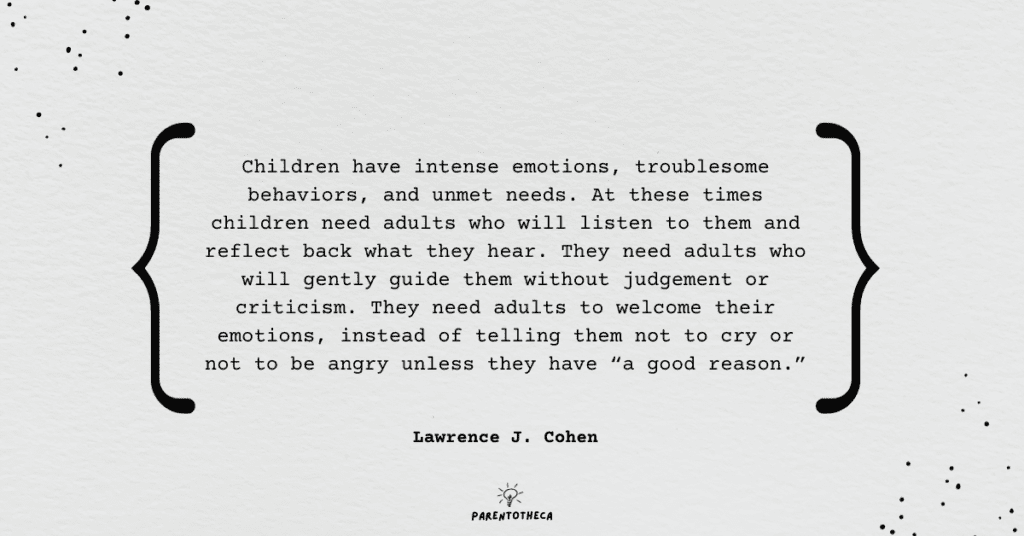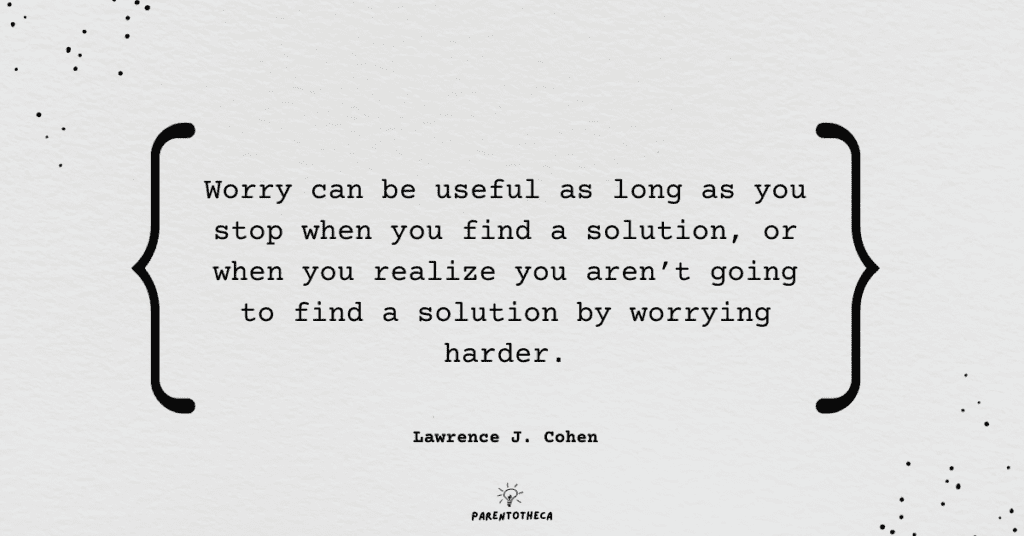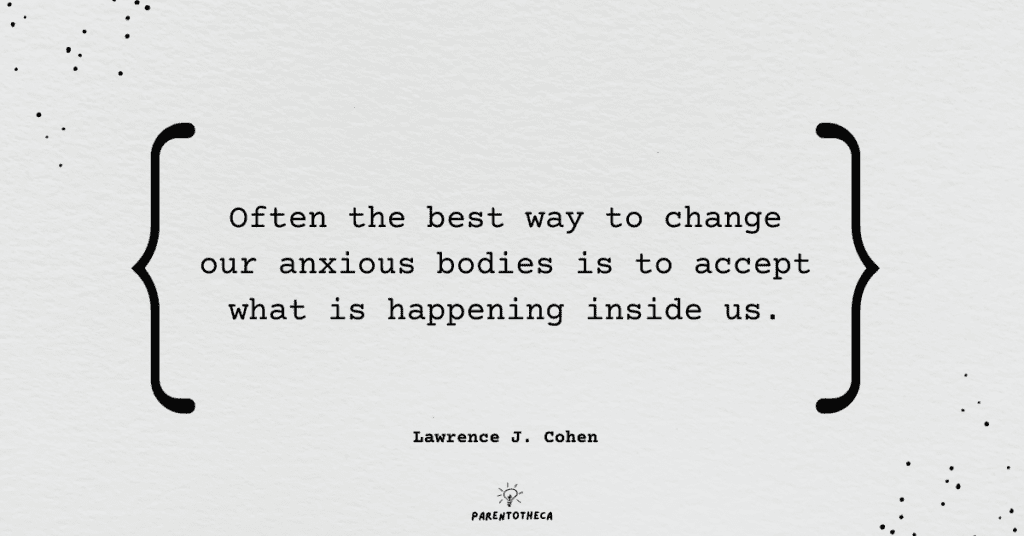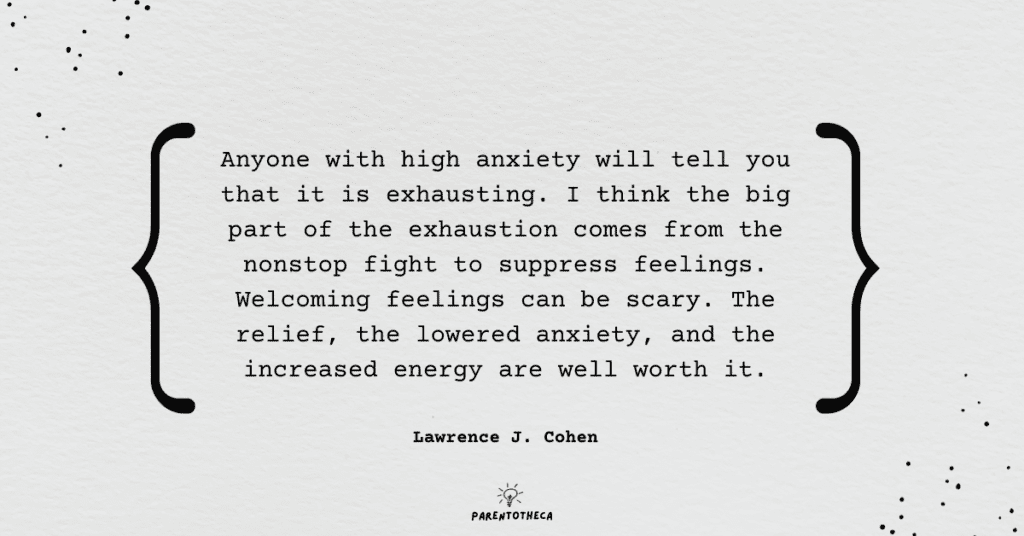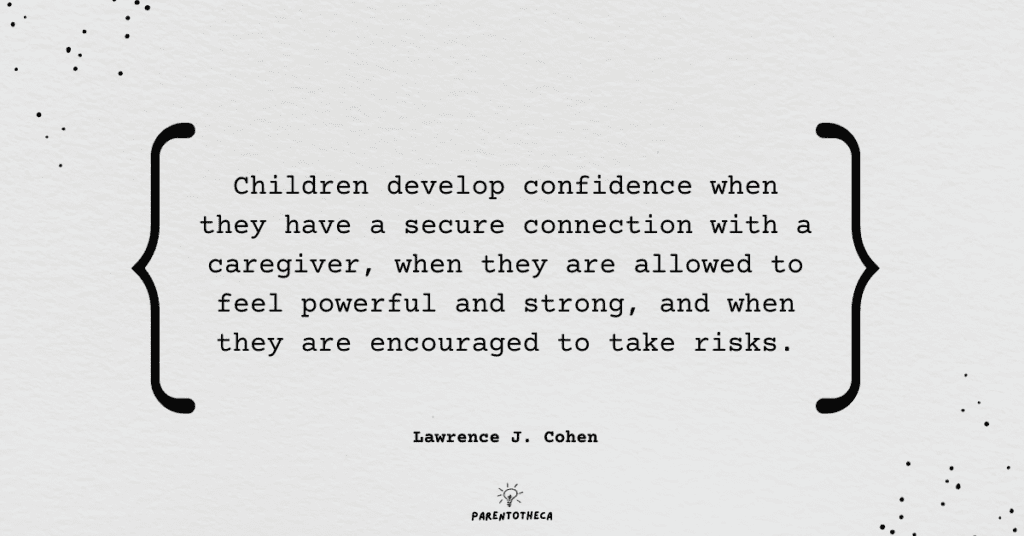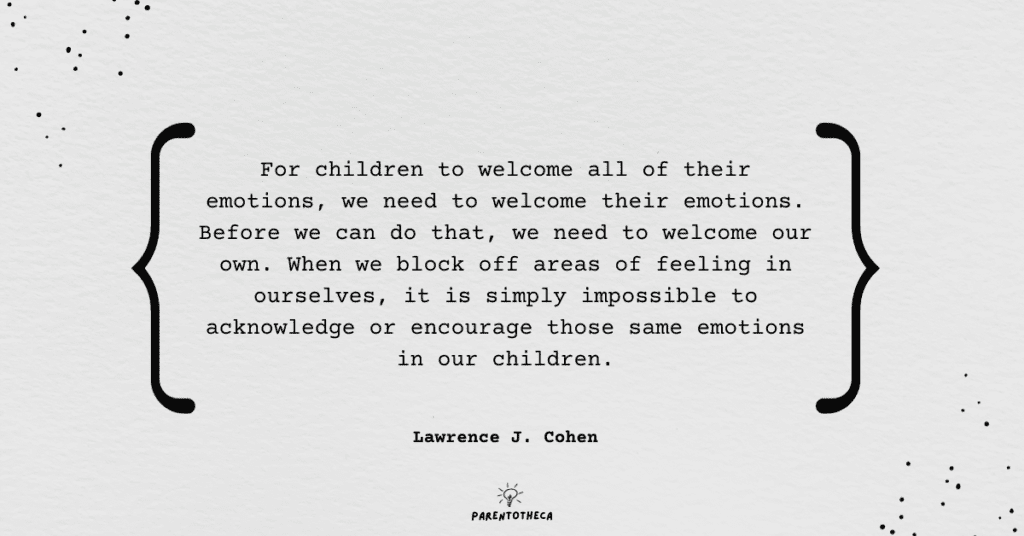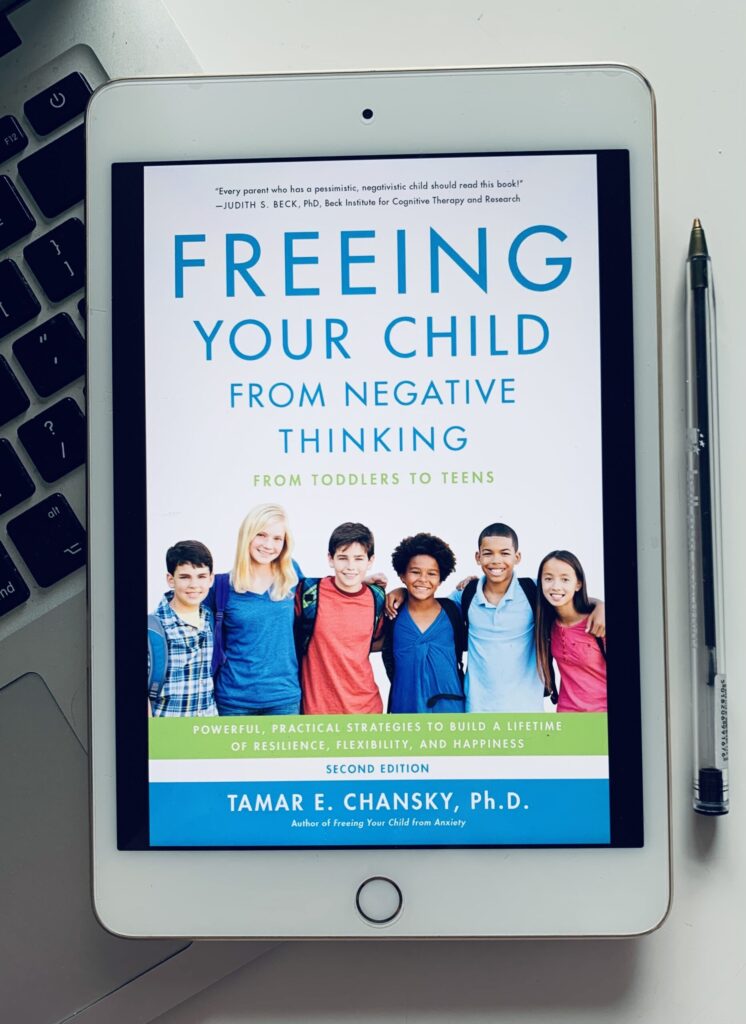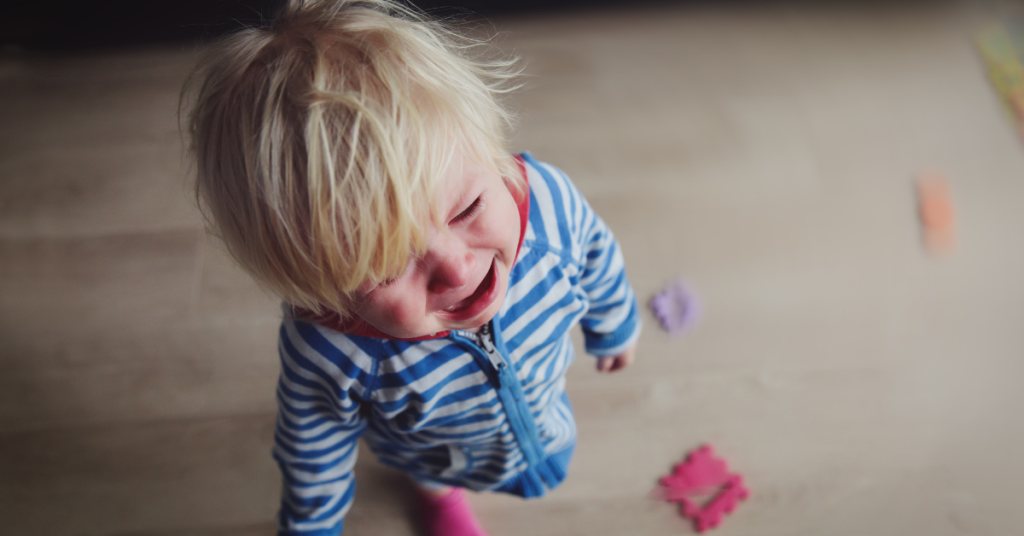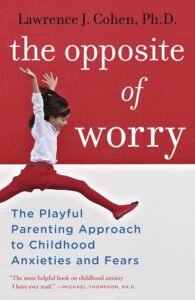 The Opposite of Worry. Book Summary
The Opposite of Worry. Book Summary
The playful parenting Approach to Childhood Anxieties and Fears
Lawrence J. Cohen
Random House Publishing Group (10 Sept. 2013)
About the author:
Lawrence J. Cohen, Ph.D. is a licensed psychologist specializing in children’s play and play therapy. In addition to his private therapy practice, he is also a speaker and consultant to public and independent schools, and a teacher of parenting classes and classes for daycare teachers. He is the author of Playful Parenting and The Opposite of Worry. Dr. Cohen is also the co-author, with Anthony DeBenedet, of The Art of Roughhousing. He wrote two books about children’s friendships and peer relationships with Michael Thompson and Catherine O’Neill Grace: Best Friends, Worst Enemies, and Mom, They’re Teasing Me. His books have been translated into fourteen languages. Larry’s column in Nick Jr. Magazine was the winner of the 2003 Golden Lamp award from Education Press. Dr. Cohen is the author of numerous published articles in professional journals and popular magazines, and he has presented his work at professional conferences, workshops, classes, and public appearances.
About the book:
“Many parents feel helpless when their children are anxious, especially when reassurance doesn’t work. It’s a difficult struggle. You’re frustrated, angry, and worried about your children’s future. You see how anxiety, fear, and worry limit their lives and interfere with their happiness. You want to help them. Happily you can help, in ways you may never have imagined.
There will always be a place for mental health professionals, especially in dealing with severe anxiety, but my approach is designed for parents to use these playful and emotionally expressive techniques at home to supplement what is happening in the office. I’m a big fan of therapy – it’s what I do – but therapy lacks the power of parent-child relationship, which can be a resource for healing and change. Most approaches to childhood anxiety leave parents out, and I think it’s a big mistake. The approach in this book puts parenting at the center. I hope that it will nourish your relationship with your children, which can be strained by childhood anxiety. You may also find help for your own anxiety – if by any chance you have any.”
A little while back, I stumbled upon Larry Cohen’s great book Playful Parenting, and it was a game-changer for me as a parent. So, imagine this: I’m at our local library with my boys, and what do I spot? Larry Cohen’s The Opposite of Worry. I grabbed it instantly.
If you are a parent of an anxious child (like me), this book is a must-read. Here, Dr. Cohen breaks down how and why children become anxious and then shows us how to use fun, empathy and play to help them heal.
This book is like a treasure chest full of big ideas and practical tools you can use right away. I can’t wait to share my favourite ideas with you.
P.S.: Larry Cohen’s wisdom here vibes perfectly with Dan Siegel and Tina Bryson’s The Whole-Brain Child and The Power of Showing Up, as well as Stuart Shanker’s Help Your Child Deal With Stress – And Thrive. Check out our notes for more insights.
Key insights:
Be a Calm Chicken
“I needed an idea for my eighth-grade science experiment. My mother was the director of a nursery school, and every spring the children hatched chickens as a project. I cared for the eggs and the baby chicks on nights and weekends. My sister Jeanie was studying to be a psychologist at the time…She told me about her professor’s research on tonic immobilization, also known as “playing possum.” Many animals, including chickens, play dead when they are too scared for fight or flight, or because they know instinctively that hawks won’t eat anything that isn’t alive. I had my science experiment!
Once the baby chicks were a few days old, I gently held each chick on its side and stared into one little eye, trying to imagine how a hawk would look at a chicken. After I let go, it stayed immobilized for about a minute. Then it popped up and walked around again, demonstrating the cycle of fear and recovery. In the next experiment I immobilized two chicks at once. They both stayed down much longer than either one alone did – about five minutes. Then I let one chick wander around the box while I immobilized another one – it popped up after only a few seconds.
My conclusion: A frightened chicken looks to the second chicken to see if it’s safe. When the second chicken is walking around happily, it seems to signal the first chicken that all is well: That second chicken isn’t scared – and hasn’t been eaten – so it must be safe for me to get up and walk around. When the second chicken is immobilized, the first one seems to think, I don’t see a hawk, but that second chicken must see one, since it hasn’t gotten up yet. I’d better stay where I am. My sister’s professor, Dr. Gordon Gallup, found that chickens stay immobilized longest when they look in a mirror – they see their mirror image as another scared chicken.”
Larry kicks off the book with this cool story and then uses a metaphor about the “second calm chicken” to explain a bunch of his ideas. Basically, we humans are wired to pick up on how others are feeling and what they’re doing. It’s like we’ve got a built-in radar that keeps an eye on what’s happening around us and adjusts how we feel based on that.
Now, when our kids go through tough emotions like fear or worry, our job isn’t to freak out with them. Instead, we need to offer a calm and confident presence that helps them find their way back to a peaceful state. Basically, we need to be that second calm chicken.
So, how do we do it? First, we’ve got to deal with our own anxiety. That means recognizing our own worries, finding ways to manage stress, and getting help if we need it. Anxiety can spread like a virus, so we’ve got to keep our own cool. It would help if you also learned to handle your child’s pain and frustration.
Then, when things get tough, be an empathetic parent. Don’t dismiss their fears as silly; accept and validate their feelings, even if they seem totally irrational. Say something like, “Yes, that monster under your bed is scary. I’d be scared too.”
Next, show calm confidence and guide them toward feeling safer. Maybe you can brainstorm together how to deal with the scary monster, like using a “Monster Shield” at night.
Larry shares a neat trick in the book for dealing with fear at the moment: get down to your child’s level, look them in the eye, and ask the “Second Chicken Question”: “Can you look in my eyes and see if I’m scared?”
And if there’s a real danger, tell your child, “I’m aware of the danger, and here’s what I’m going to do about it.”
This idea of the second calm chicken lines up with Dan Siegel and Tina Bryson’s P-E-A-C-E framework from their book The Power of Showing Up:
“There is, though, an overall response to your children’s pain that will virtually always be correct. It may not always be effective in terms of helping your kids calm down, and it might not always immediately produce the results you desire. But in terms of showing up for your kids and demonstrating what love and soothing look like, it’s the right thing to do. You can offer your kids your P-E-A-C-E: your presence, engagement, affection, calm, and empathy.”
Now, here’s a question for you: Are you that calm chicken or the anxious one when your child needs you? What do you need to work on?
The Security System: Alerts, Alarms, Assessment, and All Clears
“The Security System explains how anxiety is triggered, experienced, expressed and completed. […]
The sequence begins with a relatively calm and relaxed state. The alert activates the system at the first hint of danger. That hint can come from a memory or an image; it doesn’t have to be a current threat. The alarm is the anxious state, with all its thoughts and physical manifestations. The assessment is the thoughtful evaluation of danger and safety. The all clear is the signal to the alarm system to turn off: All is well, I’m safe, and I can breathe deeply. […]
People with high anxiety tend to be on heightened alert all the time. They also have a highly sensitive alarm. They do not always assess situations accurately, and they take longer time to cool down or receive an all-clear signal.”
Every one of us has a built-in Security System. Its primary role is to keep us safe by constantly scanning our surroundings for potential dangers. When it spots something that might be a threat, our internal alarm goes off, gearing up our body to either fight or flight. But here’s the catch: it only goes into full-on action mode if the danger is real.
Now, how do we figure out if it’s the real deal or a false alarm? That’s where our trusty assessment system comes into play. It’s what Daniel Kahneman calls “System 2” (check out our notes on his awesome book Thinking, Fast and Slow). This system rapidly gathers info, processes it, and decides whether to keep the alarm on or dismiss it as a false alarm.
Now, here’s the deal with anxious kids. Their assessment system tends to lean towards the “danger” side of things. They often see a scared chicken in every situation. But non-anxious kids? They’ve got a more balanced assessment system. They can spot danger, sure, but they’re also pretty good at recognizing when things are safe. So, if there’s no real danger, they quickly shut off the alarm and reset the Security System.
In short, anxious children give their automatic alarm (system 1) the last word: “The anxious brain tells the thinking brain not to bother assessing – I already know I’m in danger!”
The trouble is, without that assessment, fear and anxiety go into overdrive.
So, as parents, our job isn’t just to be the calm chicken but also to teach our anxious kids to engage their “upstairs brain” (or “System 2“) to kickstart their assessment system.
The Fear-O-Meter
“A mother sent me a picture of a drawing she made with her son. Labeled the Fear-O-Meter, it was shaped like a thermometer, with a scale from one to ten. One was marked “piece of cake,” six was “getting through,” and ten was “out of control!” I use some version of a scale like this whenever I work with an anxious child (or adult). […]
In the language of behavioural therapy, this type of scale is called a SUDS, which stands for subjective units of distress scale, but I like to have children name the scale themselves.”
Now, here’s the brilliance of it. Just making this Fear-O-Meter (or SUDS) together with your child is a powerful way to chat about anxiety, worry, or fear.
The high numbers on that Fear-O-Meter aren’t just about fear – they cover strong feelings like worry, anger, being upset, or full-blown panic. And the low end? That’s where you find complete calm, pure relaxation, or sheer happiness.
So, instead of asking your child, “How are you feeling?” You can ask them to rate their distress level: “What’s your number?” Even if it’s sky-high, just giving that feeling a number starts a shift in the brain. It helps turn down the alarm and reset the Security System. Now, you can start looking for ways to bring that number down.
When your child’s rating hits 8-10, they need physical comfort most. Less talk, more cuddles. Let them know you’re there, and that you won’t judge or criticize their feelings. If they’re in a freeze zone, try the Shaking on Purpose trick. Encourage them to scream, jump around, and let it all out in a safe way. For the ones already shaking and screaming, offer a calm and safe presence.
Now, the middle of the Fear-O-Meter (3-8), that’s where the magic happens. Your child isn’t in full-blown panic mode, so they can learn relaxation tricks. Larry’s simplest method? Counting down. Ask your child to count down from their number on the scale to 0 a few times and see if their number changes. That’s when you can start teaching them mindfulness and relaxation stuff and dive into playful parenting to tackle the anxiety.
Dealing with anxiety means tackling all areas of life it affects: the body, emotions, thoughts, actions, and relationships. I’ll cover some of this stuff in these notes, but I strongly recommend grabbing Larry’s book for the full scoop.
P.S.: Remember, SUDS are all about how someone feels on the inside. What’s a 2 for you might be an 8 for your child. It’s personal.
Tackle Anxiety on a Body Level
“Anxiety throws body off balance. Anxious children may be fidgety, restless, jumpy, hyperactive, clumsy, awkward, physically timid, stiff, or stilted. They may be preoccupied with aches, pains, or physical sensations of panic: “I can’t breathe! My stomach hurts.” Sometimes people get so anxious that they have the sensation of leaving their bodies. Instead of these out-of body experiences, the playful parenting approach helps children tune in to their bodies. Into-body experiences are the opposite of anxiety.”
Remember, a calm body leads to a calm mind. And you know what’s a super fun and effective way to do this? Roughhousing! It’s been a game-changer in our house. If you need some ideas, we’ve got three favourite roughhousing games you can check out.
Now, Larry’s got some techniques in his book, too, like getting active (vigorous exercise), doing some bouncing on the balls of your feet or trying out yoga poses. And here’s the bonus – they’re great for us parents, too, when we’re dealing with our own stress and anxiety.
If you’re hungry for more ways to manage stress, definitely dive into our notes on Mithu Storoni’s awesome book, Stress-Proof. It’s packed with wisdom on keeping stress in check.
Avoid Avoidance
“If something is scary you have four choices:
- Avoidance is when you stay far away from the thing that scares you. If your avoidance is “successful” you won’t feel any anxiety, but you won’t experience life either – you avoid both the situation and the feeling.
- Flooding is when you try unsuccessfully to avoid a situation and become overwhelmed by the feelings.
- White-knuckling is when you approach the situation – either on your own or because an adult forces you – but you avoid the feelings by gritting your teeth, clenching your fists, and tensing your muscles.
- Finally, facing-and-feeling is when you approach the situation and feel the feelings. This is sometimes called exposure, and is the essence of most therapies for anxiety.
To help children with anxiety, we need to help them spend more time in the face and feel zone. Some children need extra soothing when they are flooded or white-knuckling, while some need an extra push out of avoidance.”
This is a big deal. Instead of keeping kids away from stuff that gives them the heebie-jeebies, we’ve got to show them how to handle these tough situations like champs. That’s how they build up their stress superpowers.
Think of it like stress immunization. We’re preparing them to handle whatever life throws their way.
Here is how to do it:
“Face the feelings for a little bit, then rest, relax, and distract. After that break you are more able to handle a moderate level of fear, and after facing something scary you are ready for another rest.”
Here is the Think it, Feel it, Do it game: Children imagine something that scares them (Think it). That pushes them to experience as much fear as they can handle (Feel it). Then they relax and repeat the cycle. And then after a few repetitions they’ll be able to actually confront the fear in the real life (Do it).
That’s how resilience is built.
So here’s a challenge for you: Do something a little scary (but safe) every day, or at least once a week. It’s like a workout for your courage muscles.
The Flame Model of Emotions
“Every emotion begins with a spark, a thought or event that lights the flame, which is the emotion itself. If you are already having a bad day, that puts extra fuel on the fire, and the same spark will create a bigger flame. The flame methaphor is especially fitting for anxious children, who often treat their feelings as if they are too hot to handle. Fortunately, they can learn to pour water on the flames. The water is anything that cools down an emotion, such as counting to ten, breathing deeply, thinking about something different, or talking to a friend.”
The Flame Model is a fantastic way to help kids understand how their feelings work. It’s basically a kid-friendly version of the CBT Model of emotions.
The real magic here? It shows them that they have the power to manage those tricky emotions (and their behaviour, too). Give them these firefighting techniques, and they’ll become emotional superheroes.
Action steps for you:
- Be the Calm Second Chicken. Work on your very own anxieties and fears. When things get tough, be an empathetic parent, show calm confidence and guide them toward feeling safer.
- Teach children the basics of the Security System (alert, alarm, assessment, all clear) and the Flame Model of Emotions (spark, flame, fuel, and water).
- Promote tolerance of uncertainty, risk and discomfort. (Face-and-feel instead of avoidance, flooding, and white-knuckling.)
Quotes from the book:
